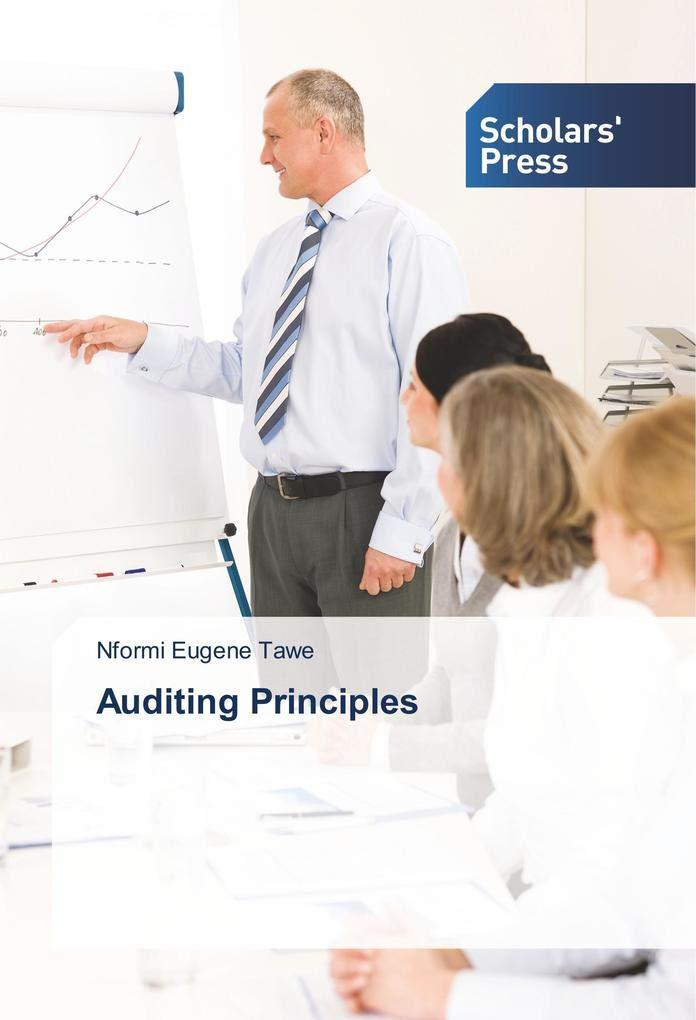Answered step by step
Verified Expert Solution
Question
1 Approved Answer
(answer i, ii and iii) NO PLAGARISM ALSO DONT COPY OTHER ANSWERS SHOW WORKINGS OUT Question 1 Hiram Finnegan Int. (HFI) is a high-tech company

(answer i, ii and iii)
NO PLAGARISM ALSO DONT COPY OTHER ANSWERS SHOW WORKINGS OUT
Step by Step Solution
There are 3 Steps involved in it
Step: 1

Get Instant Access to Expert-Tailored Solutions
See step-by-step solutions with expert insights and AI powered tools for academic success
Step: 2

Step: 3

Ace Your Homework with AI
Get the answers you need in no time with our AI-driven, step-by-step assistance
Get Started


